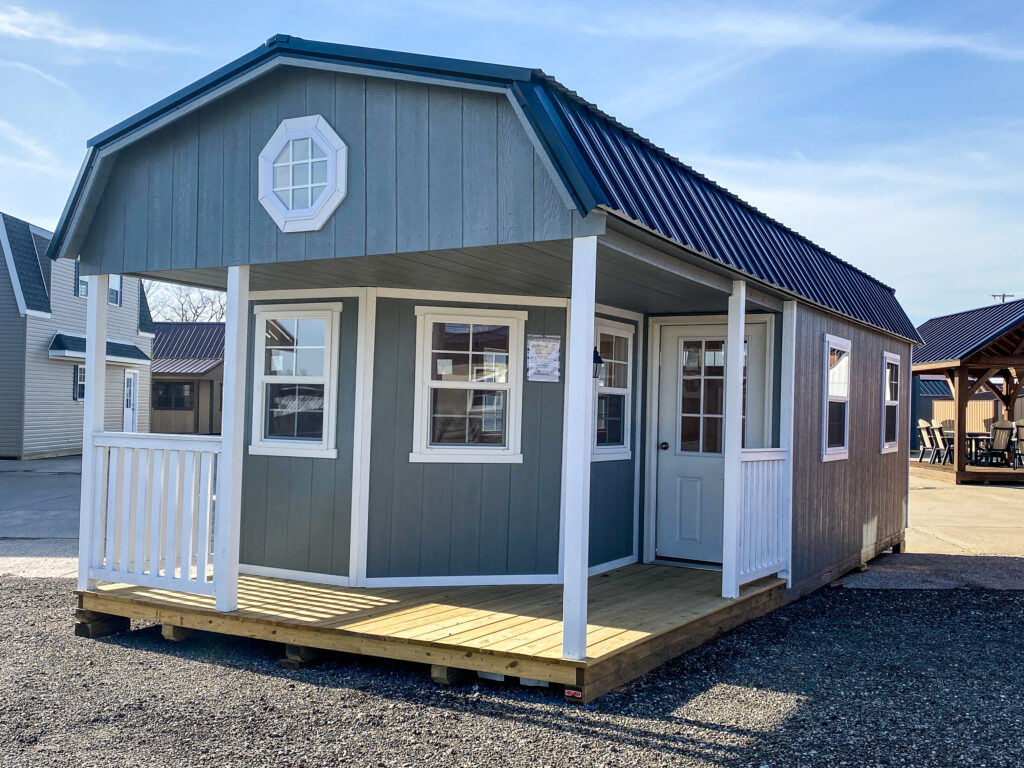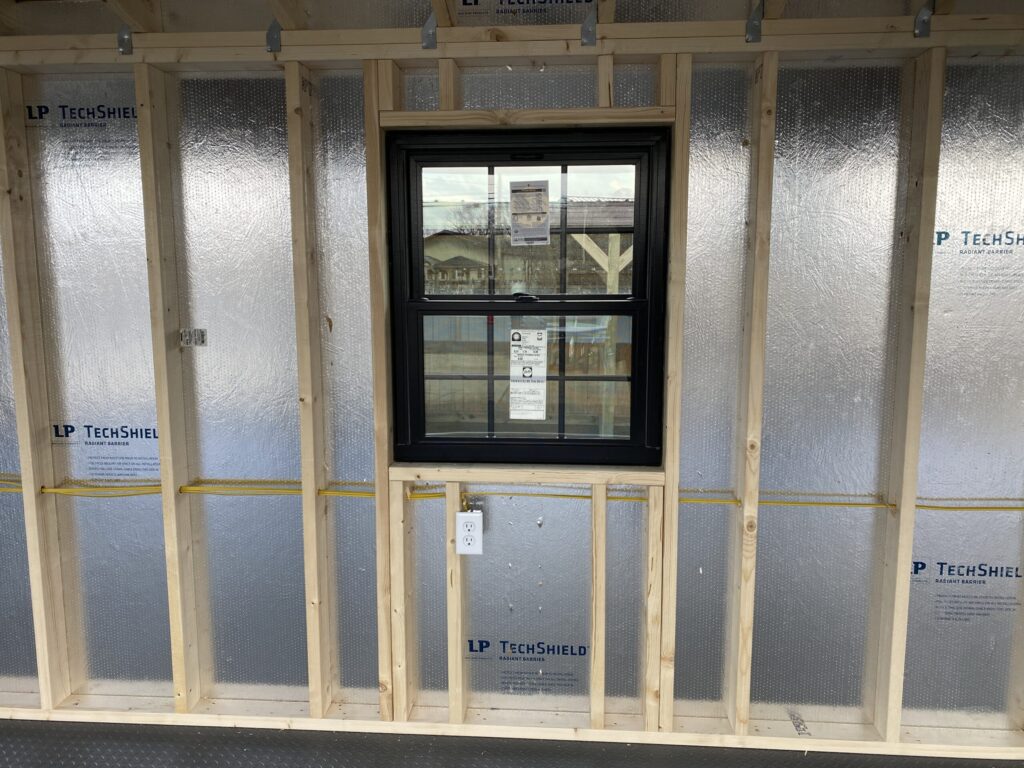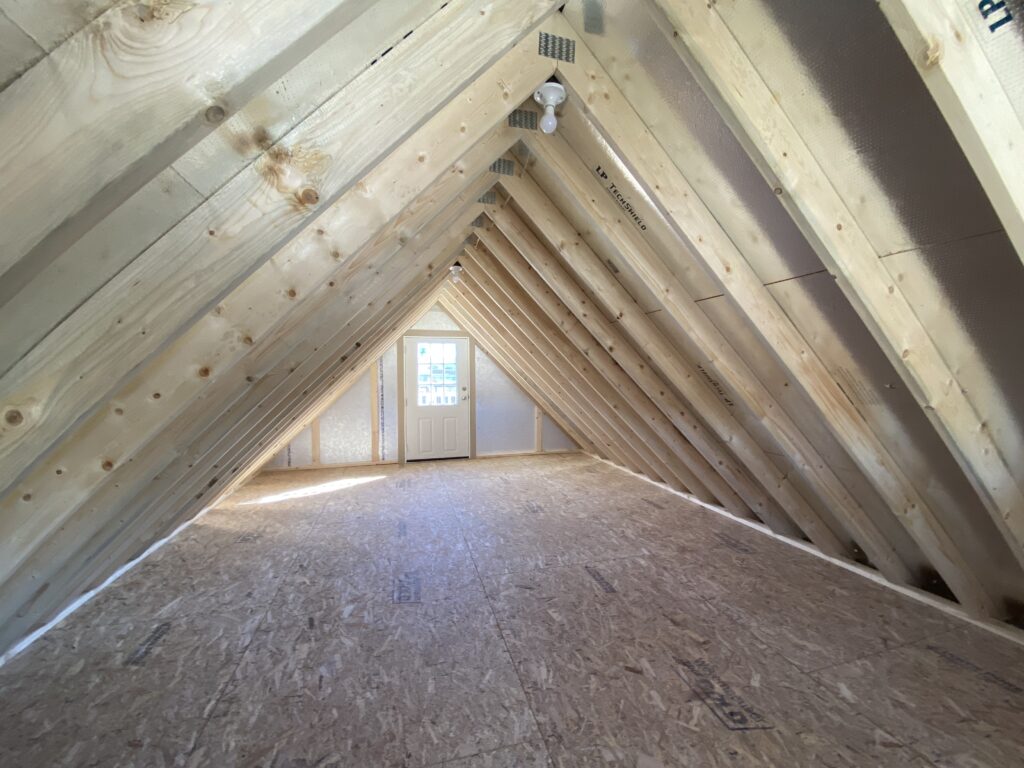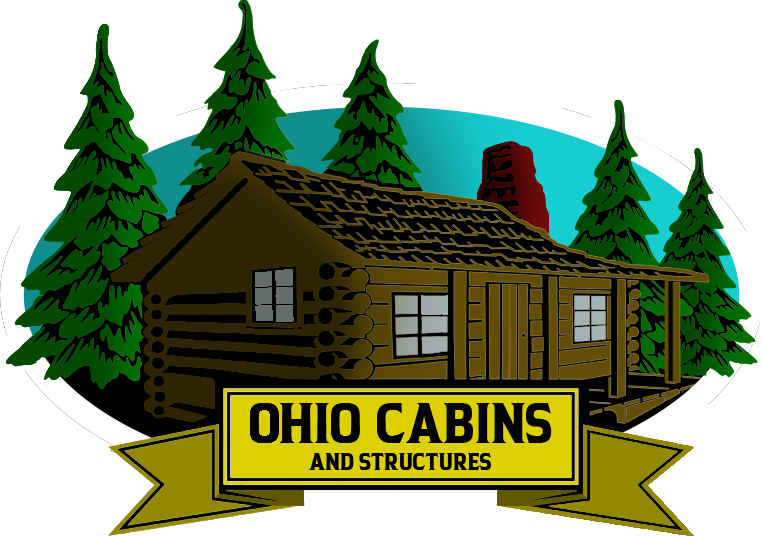Learning to navigate the real estate market and make smart decisions can be daunting. With so many different home choices, it’s important to fully understand your options before making a commitment. One popular option that deserves more consideration is the modular home – but are they actually mobile? The short answer is yes! In this blog post, we’ll explore exactly what a modular home is, how you can move one from place to place, and why this unique type of home could be an excellent choice for realtors, investors, or anyone in search of easy mobility and affordability when it comes to their living arrangements.

What Is a Modular Home and How Is It Different from a Mobile Home
Modular homes are becoming an increasingly popular way for people to achieve their dream of owning a custom-designed home without the hassle and cost of traditional construction methods. Unlike mobile homes, modular homes are built in sections or modules in a factory, and then transported to the building site, where they are assembled onto a permanent foundation. This process allows for greater precision and quality control during the construction phase, resulting in a home that is not only durable and energy-efficient, but also meets strict building codes and safety standards. Additionally, modular homes offer endless possibilities for customization, allowing homeowners to personalize their living space to their exact specifications, without sacrificing affordability or convenience.
Advantages of Modular Homes Over Traditional Homes
Modular homes are becoming an increasingly popular choice for many homebuyers. One of the most significant advantages of these homes is that they are typically more cost-effective than traditional homes. Because modular homes are constructed in a factory, they are built quickly and efficiently, which reduces labor costs. In addition, because the building process is streamlined, there is less material waste, which lowers construction costs even further. Another advantage of modular homes is that they can be customized to meet the unique needs and preferences of each homeowner. From traditional to contemporary styles, modular homes offer a wide range of design options that cater to every taste. Additionally, these homes are built to last and are often more energy-efficient, making them an excellent investment for those who value sustainability and cost-effectiveness. Overall, modular homes offer many advantages over traditional homes, making them an ideal choice for those looking for a cost-effective and customizable living solution.

Disadvantages of Modular Homes
Despite their convenience and affordability, modular homes also come with a number of drawbacks. For one, they typically have a smaller living space compared to traditionally-built houses. This means that families may need to compromise on living arrangements or storage solutions. Additionally, because the home is assembled off-site and then transported to the building location, there may be restrictions on the design and customization options. Moreover, buyers may also face challenges obtaining financing or insurance due to the stigma associated with modular homes. Overall, while modular homes have their advantages, potential buyers should carefully consider their limitations before committing to this type of housing option.
Steps Involved in Moving a Modular Home
Moving a modular home can be a daunting task, but with careful planning and attention to detail, the process can be executed smoothly and efficiently. The first step is to hire a reputable and experienced modular home moving company that will work closely with you to determine a suitable plan and timeline. Once you have selected a mover, the next step is to obtain the necessary permits and clearances from local authorities. This may include road closures, utility disconnections, and ensuring there is adequate clearance on the proposed route. The actual move involves disconnecting utilities, placing the home on a specialized trailer, transporting it to the new location, and then reconnecting all utilities and systems upon arrival. Throughout the process, it is essential to communicate clearly with your moving company and local authorities to ensure a safe and successful move. With these steps in mind, you can move your modular home with confidence and ease.

What to Consider Before Moving a Modular Home
When it comes to moving a modular home, there are some key considerations to keep in mind. First and foremost, it’s important to ensure that the home is properly secured and ready for transportation. This may involve removing any exterior features, such as decks or porches, as well as making sure that the modular home is properly disassembled if necessary. You will also need to research local regulations and restrictions around moving modular homes, as these can vary depending on your location. Other factors to consider include the cost of moving the home, any potential damage that may occur during transportation, and the logistical challenges of moving a large and unwieldy structure. With careful planning and preparation, however, moving a modular home can be a straightforward and successful process.
Tips on Preparing for the Move and Making the Process Easier
Moving can be a daunting task, but with some preparation and organization, it can be a smoother process. One tip for preparing for the move is to start early. Begin by decluttering and getting rid of items you no longer need or want. This will make packing and unpacking easier and also save you money on moving costs. Another tip is to create a packing schedule and label your boxes. This will make it easier to locate items when you arrive at your new home. You can also use color-coded stickers to help organize your boxes by room. Lastly, consider hiring a moving company or enlisting the help of friends and family to make the process easier and less stressful. With these tips, you can prepare for your move with confidence.
Concluding
From a financial perspective, modular homes offer numerous advantages. With a relatively small price tag and the potential to save even more with DIY projects, a modular home is an attractive option for anyone looking to purchase or build a new home. But before doing so, it is important to consider the steps involved in moving and setting up a modular home as well as any related costs. It is also necessary to take potential inconveniences into account when it comes time to move day, so that everything goes as smoothly as possible.
The benefits of purchasing and owning a modular home are numerous, but with proper planning and research the process of moving can be made easier and less stressful. Whether you are just starting or looking for an affordable housing solution, if done properly modular home can be an amazing investment in your future.
